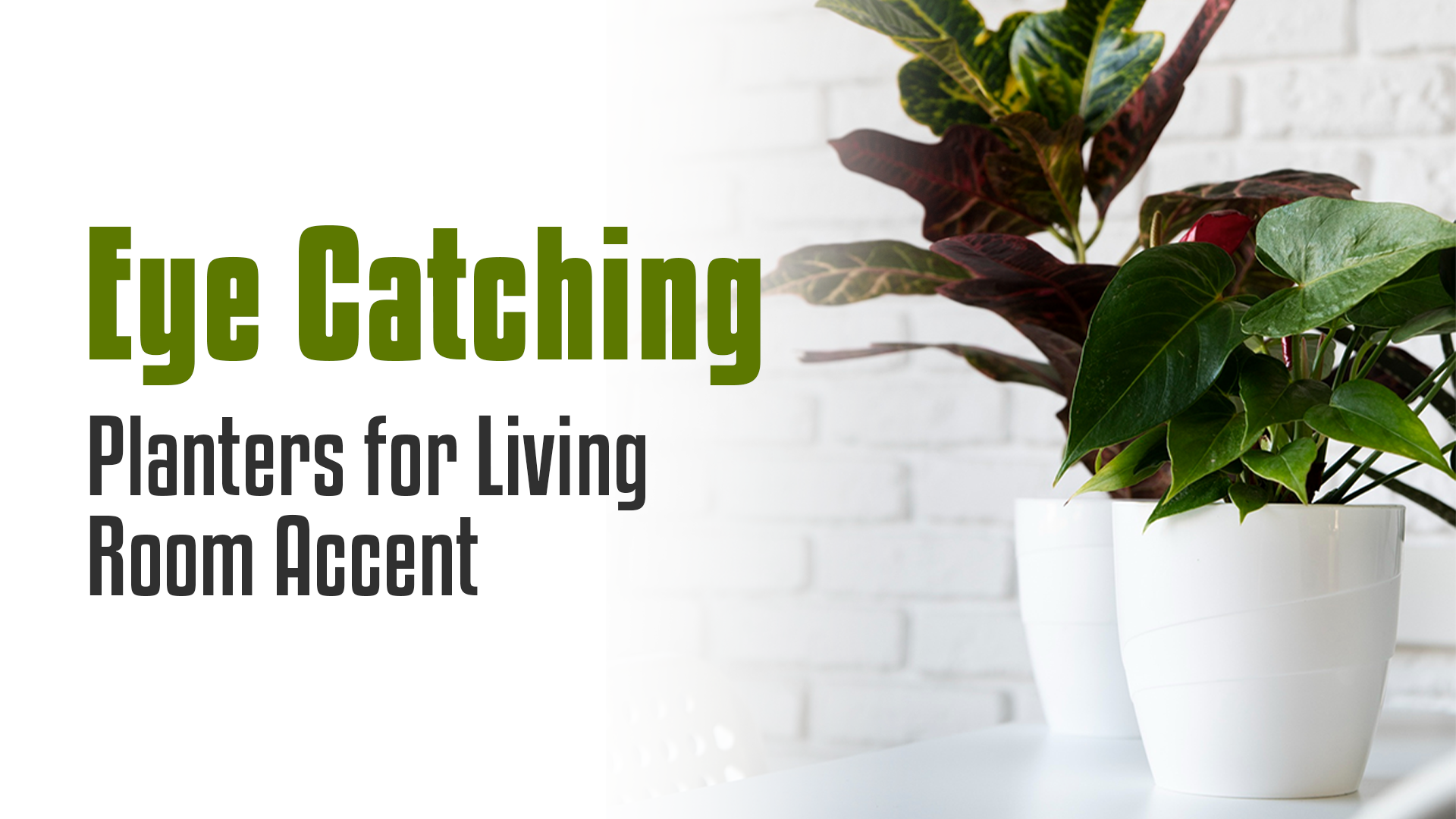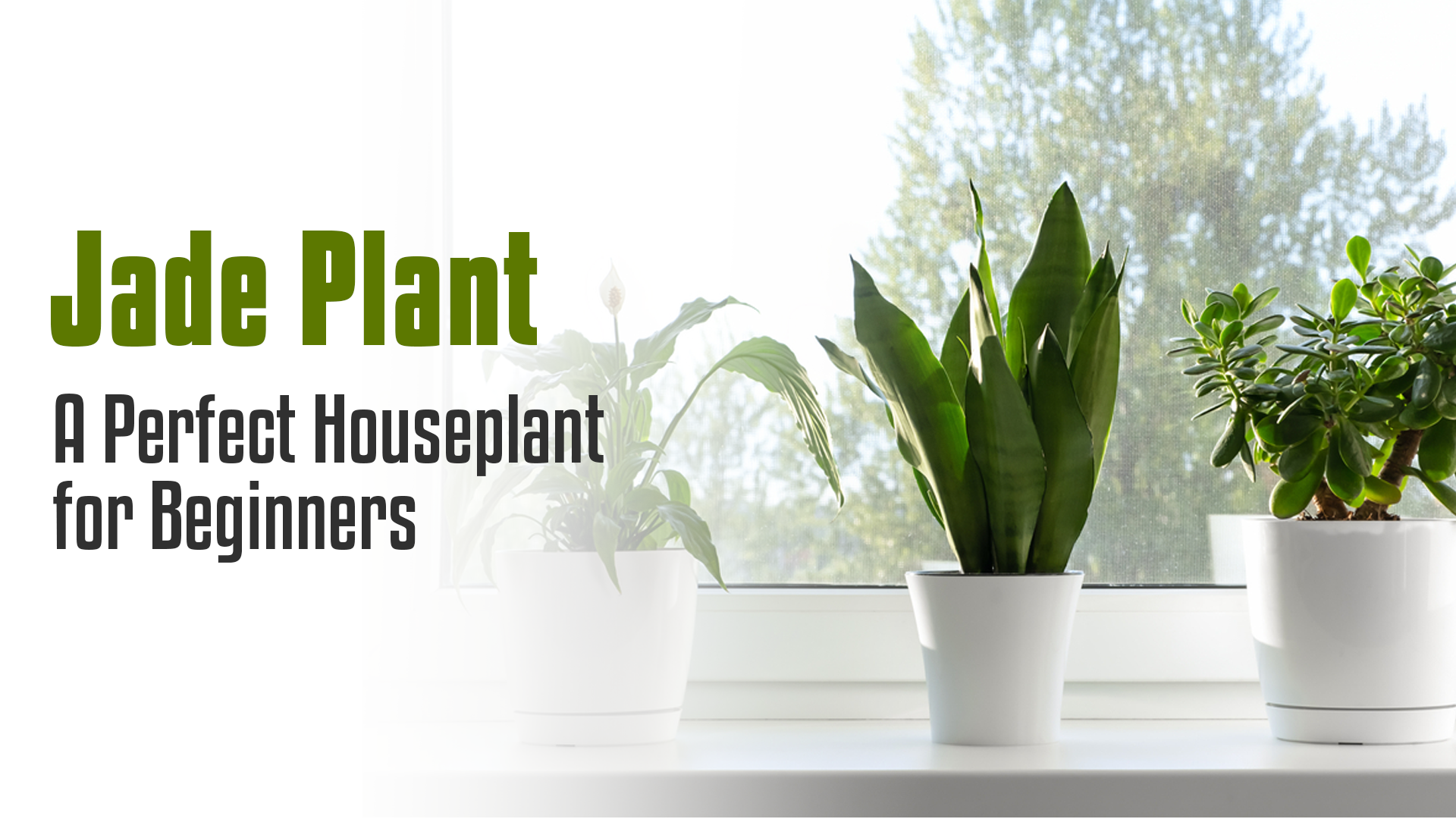
Choosing the Best Material for Your Outdoor Planter
Outdoor planters can bring an aesthetic appeal and enhance the utility of your garden or patio. Even herbs and vegetables can be grown in such containers. With so many choices of materials for such planters, selecting one can be complicated. In this article, we will discuss the advantages and disadvantages associated with various outdoor planter materials so that you can let us know your precise requirements.
1.Terracotta
Terracotta is one of the oldest materials used for making outdoor plant pots – it’s fired clay. Unlike regular pots, terracotta pots are porous; they have tiny exit holes that allow for the escape of air and elbow room for moisture. This is good news for the plants since it helps ease the chances of overwatering.
Apart from this functional aspect, terracotta pots are also appreciated for their natural elegance and rustic beauty which complement the garden’s appearance. Lately, they have also become rather fragile, especially when the weather gets rough. They are also much heavier than plastic making it hard to reposition.
When to consider terracotta: If you are looking for a natural and traditional texture, then terracotta will be the right pick for you. It is also good in regions that experience warm weather with little or no frost.
2.Concrete
Of the materials used to make flower pots for outdoor purposes, concrete can undoubtedly be rated as the most lasting and effective. It is also adaptable in terms of designs. Concrete flower pots are heavyweight, but their weight provides stability even in extreme storms.
One con about concrete flower pots is that they may get cold in the winter. Because of this, plants whose roots aren’t accustomed to cold temperatures might suffer damage.
When to choose concrete: If you are searching for material that can be subjected to abuse and can last for long, then concrete is a very good material in the works. It is also the material to go for when modern or contemporary styles are preferred.
3.Plastic
Plastic is one of the most common and cheap for use in making flower pots for outdoor use. It has different colors and shapes too. Plastic pots do not need hard maintenance, and cleaning them is also simple. The only problem is that the lifetime of these pots is not as long as in other materials, and they tend to get ‘old’ and discolored with time.
Compared to other materials, plastic pots are environmentally pollution free but sack a bit. They emit harmful pollutants into the soil when placed under extreme heat.
When to use plastic: Plastic comes in handy when your budget is tight or if you need something light in weight. It can also be a good choice when you need only a temporary planter. Plastic pots are not so strong like the other pots and tend to be less durable, and color also fades with time of use.
4.Wood
Wood is an organic and cozy material for outdoor plant pots. It may offer an earthy idea to any landscape. Wood pots are light as well and easy to carry around. But they need to be painted every now and then or be otherwise preserved so that they don’t rot or get deformed due to weather conditions.

When to use wood: Wood can be truly appreciated if you want something in rustic decor. It can be very beneficial if you are looking for a lightweight planter. But also, wood pots do not come without a downside, which is the maintenance routines.
5.Metal
Metal is a hard substance for garden flower pots. They come in modern, stylish, or traditional motifs. Metal pots are also hassle free for cleaning and upkeep. Winter hits hard; thus the metal flower pots can also be at times very cool during winter, which is a major cause of damage to the roots of the plants.
When and How to Select Metal: You validate metal when you want a material that is relatively durable and lasts for a long time. It is also a good option when one desires a modern or contemporary design. However, it must be highlighted that metal pots do pose a risk of rusting if not properly maintained.
Selecting the Right Material for Your Outdoor Planter
The best material for your outdoor planter will depend on your preferences and requirements. Below are some factors to consider:
- Durability
For customers who seek out a highly robust and durable material, concrete or metal is an excellent choice.
- Aesthetics
If you want a decorative piece that is more natural, a rustic terracotta or wood pot is ideal. There are metal and concrete pots for people who would like something more modern and contemporary.
- Maintenance
Usually, most plastic and metal pots have low maintenance. However, wood and terracotta pots need more regular maintenance like sealing or painting.
- Cost
Plastic pots, the faux flower as the name suggests, are generally the cheapest type of pots. Competitive prices of clay, wooden and metal pots can be higher.
- Climate
Wooden materials may not be the best if you live in a freezing atmosphere because they tend to seize or crack easily.
By taking into account these considerations, you are able to pick an appropriate material for your outdoor planter and appreciate all the beauty and advantages of growing plants in pots.
It is essential to choose the right material for outdoor planters as this will determine the health and life of the plants therein. Selecting a roofing material will depend on many factors including cost. There are many materials available and the decision on what to use will determine the pros and cons of each.
All these details will go into establishing which outdoor planter material will suit you best. Think about durability, aesthetics, maintenance, cost, and climatic conditions. Understanding why each of the materials is the best will help you create a nice looking and functional outdoor area.
Frequently Asked Questions
1.What is the healthiest material for planters?
Terracotta planter is great in root circulation. As it is porous, making it the healthiest material to keep plants. However wood is healthier as it is organic and decomposes. Stay away from the plastic ones since they tend to poison the soil and plants.
2.Which is the most durable planter?
Concrete is without a doubt the most durable of all planter materials. It shrugs off rain, insects and cracking. Metal planters are also fairly durable and robust but they do have one drawback. If they are not maintained properly, they rust.
3.What is the best material for raised planters?
Wood is liked as a raised planter material, particularly because of its aesthetics and multi-functionality. Wood is favorable as it can easily be cut to shape and is a good insulator. But it is discouraged because it rot with time. Concrete is another option for raised planters which is quite durable but cumbersome to handle.
4.What is the best waterproof material for planters?
Silicone caulk is one of the best waterproof sealants, likely to be used in planters. It seals the planter very efficiently because it also expands and contracts with changes in temperature and moisture.
5.What type of pots are best for outdoor plants?
The best type of pot for outdoor plants depends on various factors including size of the plant, its root system and the weather. Terracotta pots are practical for many types of plants because they are porous in nature. Plastic pots are light and cheap but the quality may not always be very high. Wooden planters will give your yard character but you will have to upkeep these well.







